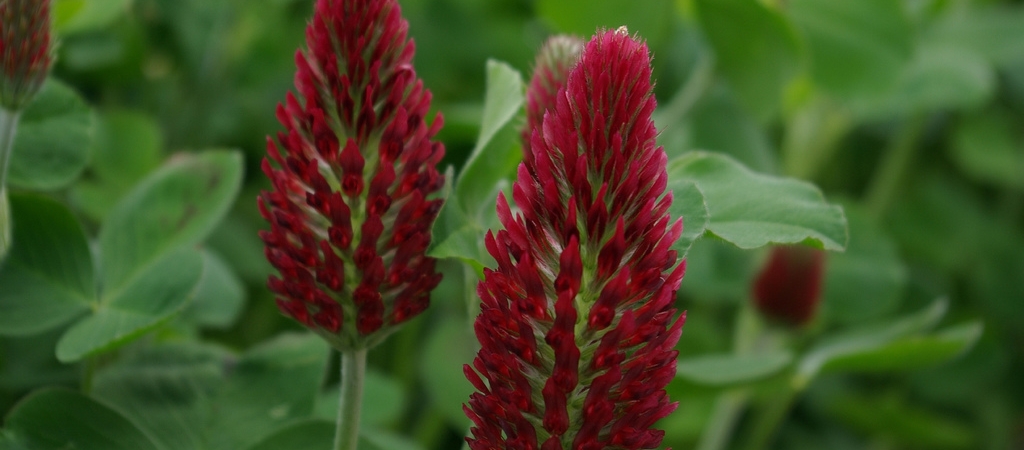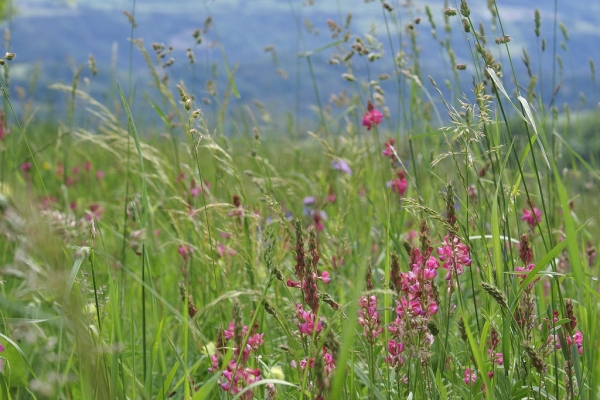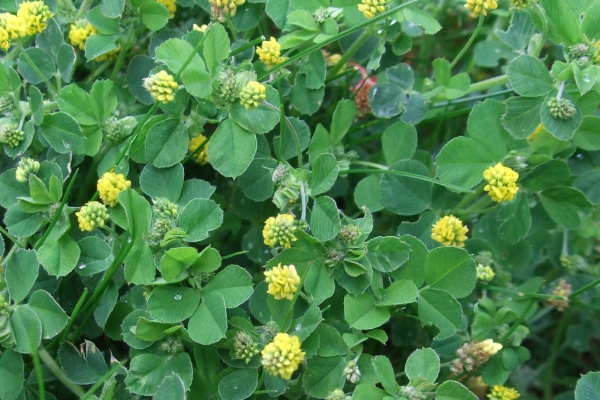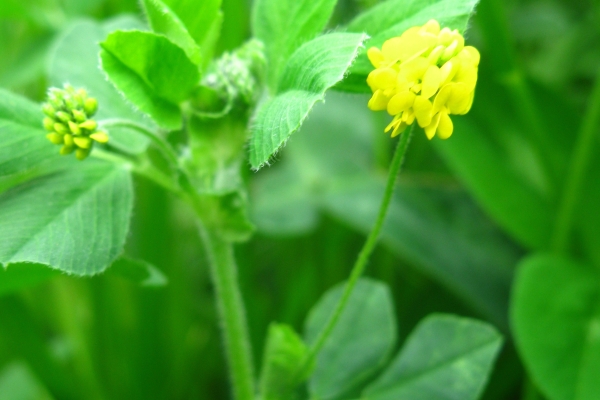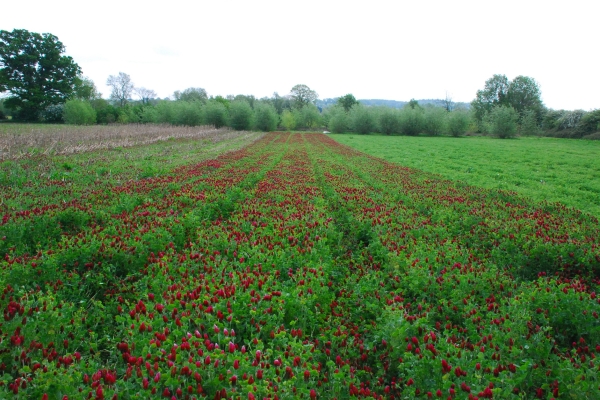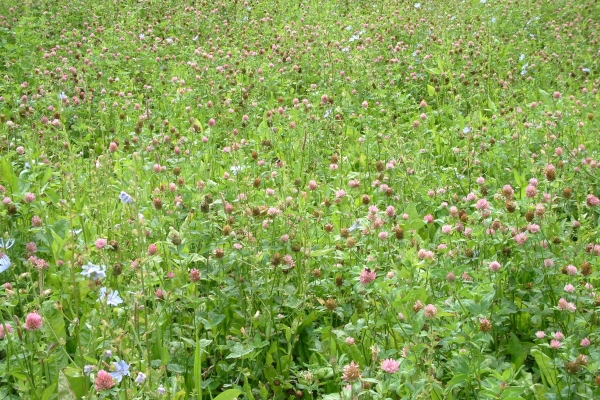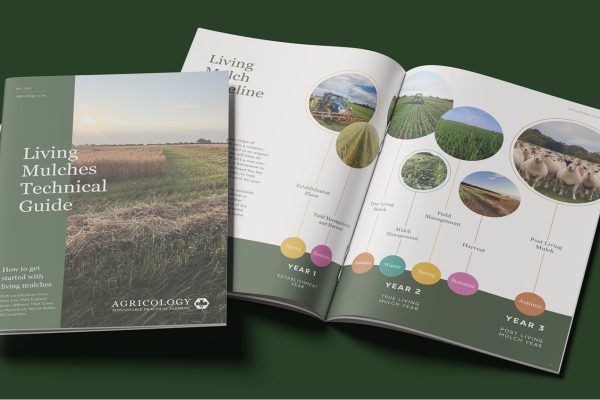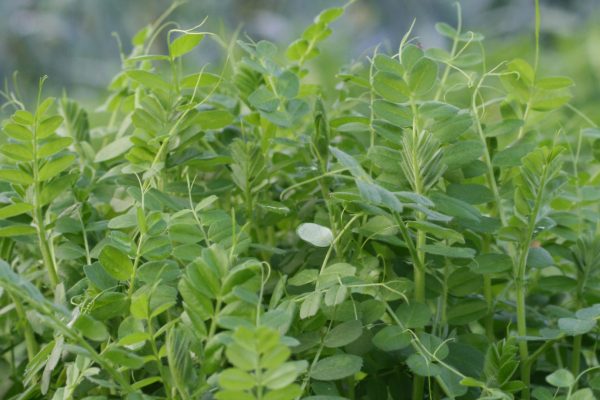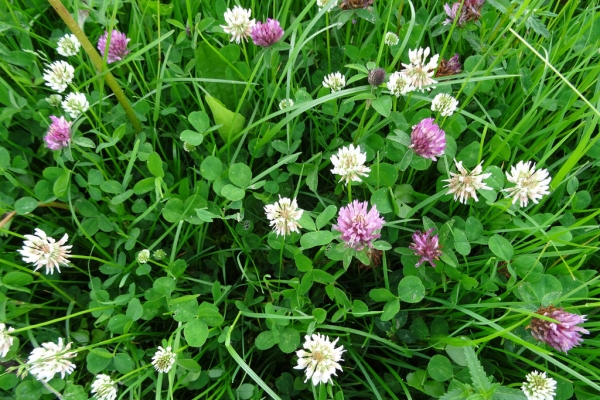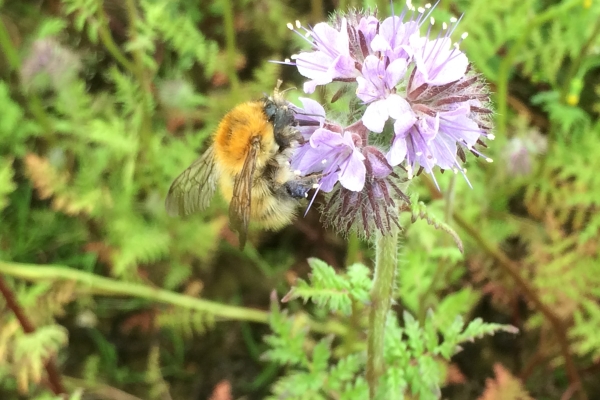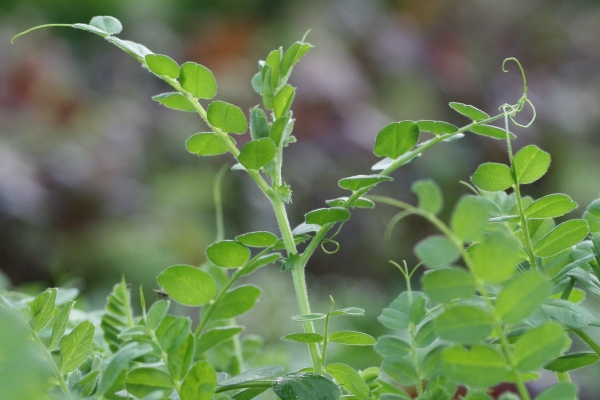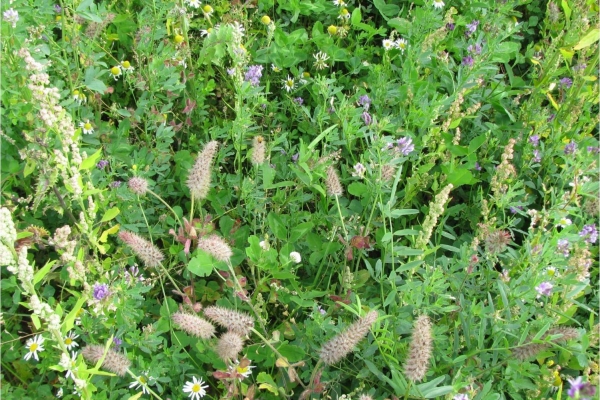Manifold green manures Part 2: Alsike and crimson clovers
(The Organic Grower - No 23 Summer 2013, pp. 28-29)
Resource explained
Part two of a series of articles published in The Organic Grower focusing on the less frequently used legume species trialed in the Legume LINK project. They can be included in fertility-building mixes to improve the performance in specific soil, climate and management conditions. This article gives detailed information based on relevant literature and how the species were found to perform during the project.
Information on alsike clover (Trifolium hybridum) covers: productivity, grazing tolerance, persistence in swards, seed rate, sowing depth, establishment, nitrogen (N) release capacity, root biomass, polyphenol and lignin content, germination, soil pH, water requirements and nutritive value.
Interesting insights for crimson clover (Trifolium incarnatum) cover: pollination, early development, biomass production, persistence, lignin rate, polyphenol content, yield, decomposition resistance, root biomass, N fixing ability, adaptability to soil and climatic conditions, hardiness, optimum sowing depth, re-growth ability, bloat risk, and suitability for no tillage rotation and hay and silage.
Findings & recommendations
- Alsike clover was found to have good grazing tolerance and performed better than some species with regards to crop biomass, weed biomass and crop cover.
- It has relatively low persistence (not as competitive as red or white clover), and will only survive in swards for about two years.
- However it is able to regenerate from seed, and may tolerate both more acidic and alkaline conditions than many other clovers.
- It can be toxic to horses and is not recommended to be fed to livestock on its own due to its bitter taste.
- Crimson clover (grown as a winter annual for forage or summer annual for green manure), is characterised by its vigorous establishment phase and high forage production.
- It is adaptable to a wide range of soil and climatic conditions and provides good resources to pollinators (bumblebees and honeybees) when it flowers early.
- Early maturity makes it suitable for no tillage rotations, and it is suitable for hay and silage because it provides protein rich forage.
- While it showed strong regrowth after the first cut (significantly higher than white clover), it had a relatively low persistence, decreasing over time. It has poor regrowth after grazing and can cause bloat.
